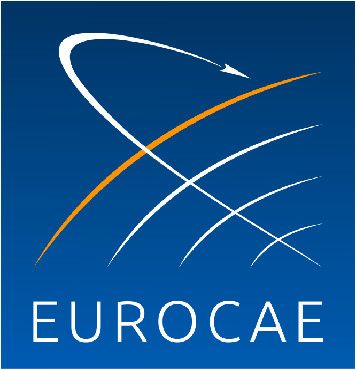EUROCAE has launched a Call for Participation to inform interested parties about new activities undertaken by Working Group 105 Unmanned Aircraft Systems (UAS).
In the first call, a guidance document is proposed to be developed in Sub Group 4 Design and Airworthiness with the title ‘Guidance Document to Support the Development of Acceptable Means of Compliance (AMC) when the EASA Special Condition Light-UAS – Medium Risk is Used as Type Certification Basis’.
The objective is to develop a guidance document that may be used to support the development of Acceptable Means of Compliance (AMC) to EASA Special Condition Light-UAS – Medium Risk when used as Type Certification basis as part of a voluntary TC application for UAS for SAIL III and IV operations in the Specific Category. This guidance document would refer to existing standards (e.g., ED-279 ‘Generic Functional Hazard Assessment (FHA) for UAS/RPAS’ and ED-280 ‘Guidelines for UAS Safety Analysis for the Specific Category (Low and Medium Levels of Robustness)’), whenever possible and deemed acceptable.
Eurocae has also launched a second Call for Participation to inform interested parties about new activities undertaken by Sub Group 6 Specific Operational Risk Assessment (SORA) of the Working Group 105 Unmanned Aircraft Systems (UAS). A guidance document was proposed to be developed in with the title ‘Guidance Document to Support Compliance with SORA Design-Related Operational Safety Objectives (OSOs) Applicable to SAIL III and IV, Design-Related Mitigations with a Medium Level of Robustness and Basic Containment Requirements’.
EASA published AMC1 to Article 11 of Implementing Regulation (EU) 2019/947 “Rules for conducting an operational risk assessment” based on JARUS SORA V2.0. EASA also published ‘Guidelines for the design verification of drones operated in the ‘specific’ category’ in April 2021 for cases where EASA may verify SORA design-related Operational Safety Objectives (OSOs) applicable to SAIL III and IV, design-related mitigations with a medium level of robustness and basic containment requirements. However, there is no guidance available to support compliance with SORA design-related Operational Safety Objectives (OSOs) applicable to SAIL III and IV, design-related mitigations with a medium level of robustness and basic containment requirements.
To perform these activities, expertise is required from the UAS industry, especially UAS manufacturers, system integrators, airworthiness and safety experts, research institutes, and CAA experts.
WG-105 is tasked to develop the necessary standards to enable safe integration of UAS, or RPAS when controlled and monitored from a Remote Pilot Station (RPS), into all classes of airspace, with due consideration of the emerging European regulatory proportionate risk-based approach, of the related categories of operations (Open, Specific and Certified) and of the industry requirements. WG-105 is also tasked, in cooperation with the Technical Advisory Committee (TAC), to develop proposals for future activities (to be reflected in the Technical Work Programme).
WG-105 is organised in six Sub Groups, each working in a specific area. The work performed by the Sub Groups is coordinated by a Steering Committee, which ensures developmental consistency. The current focus areas are Detect and Avoid (DAA), Command, Control, and Communication, Spectrum and Security (C3&S), UAS Traffic Management (UTM), Design and Airworthiness (D&AW), Enhanced RPAS Automation (ERA), and Specific Operational Risk Assessment (SORA).
Deadline: 27 October 2021
Application form: registration form
Contact: Abinaya Kannan.
For more information visit:




